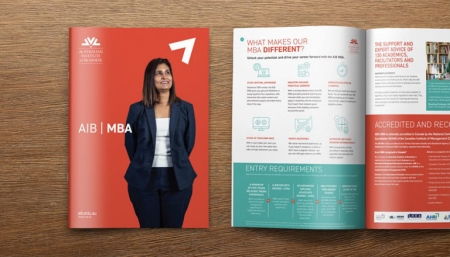Changing jobs – How often is too often?

Gone are the days when one found a comfortable, secure job right after graduation and retired 45 years later with a gold watch and a firm handshake. In Australia, the national average tenure in a job is 3.3 years. With the rise of the gig economy and a casualised workforce, that number is still trending downwards. For workers over 45, the average job tenure is 6 years and 8 months, while for under 25s it’s just 1 year and 8 months.
This is not so surprising for young people, who in their early years of work tend to take on jobs that are intended to be temporary to support them while they train for a more career-oriented position. In fact, that trend hasn’t changed: in 1975 the average tenure for under 25s was the same as it is today. What has changed, however, is the tenure of those older workers, which has dropped from almost 10 years to 6.8 years.
The rise in job mobility can be extremely beneficial for workers. According to data from Australian Bureau of Statistics, “to get a better job” is the number one reason why employee leave their jobs. Without judgement, workers can seek new opportunities when they’re ready to advance and can negotiate attractive salary packages in the process. It affords you a chance to build up a wider network of professional contacts and exposes you to different functions, workplace cultures and management styles, which will stand you in good stead for when you move up the ranks yourself.
But how often is too often for you to be changing jobs, and at what point will it hurt your future employability? To some extent, it depends on how senior you are. The more senior the role you’re aiming for, the more important it can be to show some stability in your employment past.
Junior roles
In junior positions, two years is a good rule of thumb. That’s usually enough time to master the responsibilities of the role and feel ready to take on a new challenge. You may have one or two positions that are even shorter than that, but if possible, you should consider two years as a good minimum to aim for once you’re working building a career in your chosen field.
That said, too many two-year stints may make a new employer wary. If you consistently move around that often, be prepared that it marks you as someone with a time limit: if a company is looking for someone to invest in long term, they may discount you. It may also suggest that you’ve been encouraged to leave previous jobs, which is a perception that can really hurt your chances.
To guard against them, always step back and take a holistic look at the roles you’ve held, why you left them and the skills you acquired at each. If you yourself can identify an unfavourable pattern, plan for your opportunity to be one that will enable you to grow within the organisation. Be prepared to explain why you have had so many short employment stints and make your desire for a longer tenure known to the recruiter.
Senior roles
For more senior roles, three to four years is an appropriate minimum, with five years being ideal. At executive or specialist levels, it often takes a long time to get up to speed with all the responsibilities of the job. A company may invest significant time into training and exposing you to all facets of the role. It takes time to learn the existing culture of a company, understand where the powerful relationships lie and identify invisible roadblocks.
In addition, at senior levels, you are often working on initiatives with long lead times. That might see you working to change the strategic direction of the company, implement new technology or turn around the profits of your department. Businesses are looking for people who will see those processes through and be accountable for the results. A resume filled with short stints will not fill them with confidence that you’ll be that person.
Read more: Career Change: Why You Shouldn’t Fear It
When it’s time to move on
You’ve achieved all you can with your employer, you’ve lost your passion for the role or a new exciting opportunity has been presented to you – whatever the driver or combination of drivers that have led you to look elsewhere, it’s important you manage the transition professionally. Having leaders, co-workers and mentors that will reflect on your time with the company positively in formal and informal references will be an asset.
Be honest when explaining your job changes and demonstrate what you achieved, positioning each experience as an asset to your development. Then, express your desire for a long-term commitment. This will reassure the recruiter that your job changes were not due to itchy feet or commitment issues.
Also read: How The MBA Can Help You Land Your Dream Job
This article was written by Tanya Ashworth-Keppel on behalf of the Australian Institute of Business. All opinions are that of the writer and do not necessarily reflect the opinion of AIB. The following sources were used to compile this article: Forbes, US News, McCrindle, Australian Bureau of Statistics.




